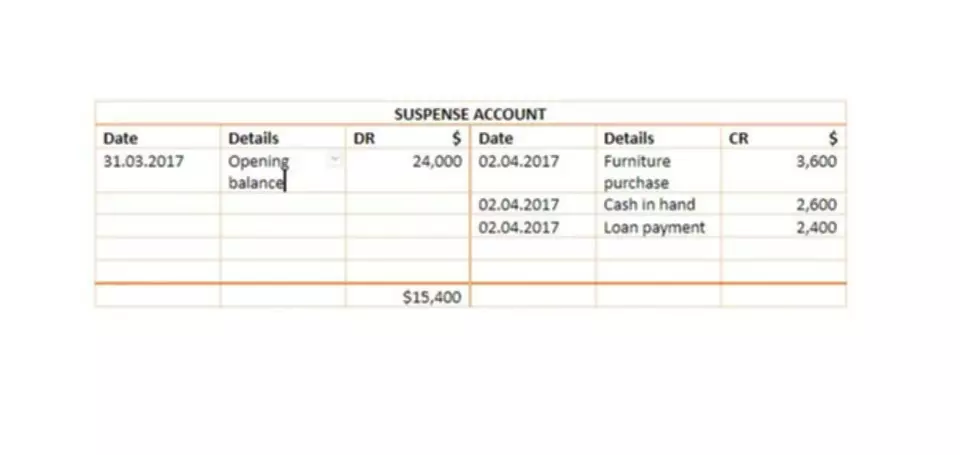Content

A good rule of thumb is that a net working capital ratio of 1.5 to 2.0 is considered optimal and shows your business is better able to pay off its current liabilities. In reality, you want to compare ratios across different time periods of data to see if the net working capital ratio is rising or falling. You can also compare ratios to those of other businesses in the same industry. Calculating your working capital is a quick way to gain an overview of your business’ cash flow.
Working Capital: Formula & Definition – Seeking Alpha
Working Capital: Formula & Definition.
Posted: Wed, 08 Jun 2022 07:00:00 GMT [source]
You should utilize these ratios and formulae, like other financial analysis ratios and formulas, to create a comprehensive view of an investment’s worth. Because the working capital of one firm will differ from that of another comparable company, comparing them may not be the best way to apply the concept. Company A sells fast-selling products online and requires customers to pay with a credit card when ordering.
The Formula for Calculating Current Ratio
This may be the best solution for both the borrower and the lender. Don’t do anything that damages the long-term value of your company to juice short-term profit. They only exception to that rule is when you’re so tight on cash that the entire future of your company is questionable.
Check out my article on how to create a cash flow projection for more information. I also explain these formulas and provide many cash flow tips and ideas in my free Quick Tips for Improved Cash Flow guide. A working capital ratio of less than 1 suggests potential liquidity issues, while a working capital ratio of more than 3 suggests that assets aren’t being utilized properly. If your business is constantly struggling to maintain a healthy cash flow, you can improve your net working https://www.bookstime.com/ capital in a few ways. In order to better understand the ways in which NWC, changes in NWC, and the NWC ratio are used, let us consider the example of fictional business Company X and its efforts to monitor and manage its liquidity. For more information about working capital and the current ratio, try out the calculator tool and learn more about applying the current ratio to your business. Current assets are all assets that are expected to be converted to cash within one year.
Curent Ratio
To calculate the total amount of working capital your business has, grab your most recent balance sheet and locate current assets and current liabilities. From there, simply subtract current liabilities from current assets. On the flip side, when companies depend on credit lines and loans, it can lower their ratios. This is because they obtain assets from creditors only they need to settle outstanding liabilities, reducing net working capital. In the end, the value of a working capital ratio is only as good as the company’s accounts receivables, credit, and inventory management.

A chip manufacturer is working on determining financial health in the short term for their company. They have a current asset value of $2,300,000 and a current liability amount of $1,500,000. Using the working capital ratio formula, it is determined that they have a ratio of 1.53. This is good news, and it means that they’re managing their assets well enough to keep a decent amount of working capital on hand. Managing working capital with accounting software is important for your company’s health. Positive working capital means you have enough liquid assets to invest in growth while meeting short-term obligations, like paying suppliers and making interest payments on loans.
create an account
Considering this equation estimates the current assets as a percentage of current liabilities, it should be no surprise that the higher ratio is preferred over the lower one. If the ratio is 1, it shows that the current assets equal current liabilities, and it’s considered middle ground. So, the company would have to sell all the current assets to be able to repay its current liabilities. Short-term liabilities include accounts payable — money you owe vendors and other creditors — as well as other debts and accrued expenses for salary, taxes and other outlays.
- He is the sole author of all the materials on AccountingCoach.com.
- FREE INVESTMENT BANKING COURSELearn the foundation of Investment banking, financial modeling, valuations and more.
- Generally speaking, however, shouldering long-term negative working capital — always having more current liabilities than current assets — your business may simply not be lucrative.
- My hope is to help you maintain a healthy net working capital formula and working capital ratio to avoid the stress of a cash crunch.
- The quick ratio is a calculation that measures a company’s ability to meet its short-term obligations with its most liquid assets.
- The working capital ratio is one of the many metrics that can be used to assess a company’s potential for insolvency.
This is part of the funding needed for growth than companies don’t anticipate. Increases in permanent working capital need funded with long-term debt or equity. Using your line of credit or credit cards to finance working capital for growth can lead to a cash crunch. working capital ratio formula Liabilities are things you owe, like payments to your vendors or lenders. If you wish to get a long-term view of financial health, you can also calculate operating working capital, since operating working capital focuses on long-term assets and liabilities.
Other Financial Ratios to Consider
Net working capital ratio shows how much of a company’s current liability can be met with the company’s current assets. The net working capital ratio is the measure of a company’s capability in meeting the obligations that must be paid within the foreseeable future. Therefore, it shows the liquidity that is available with the company to meet the liabilities. Liquidity measures allow the investor-analyst to understand the company’s long term viability in terms of fiscal health. This is usually assessed by examining balance sheet items such as accounts receivable, use of inventory, accounts payable, and short-term liabilities. One of the ways to understand how much cash can be raise using working capital is by calculating the inventory to working capital ratio. If you’re here, it’s because you are most likely curious about what the working capital ratio is and how it works.
